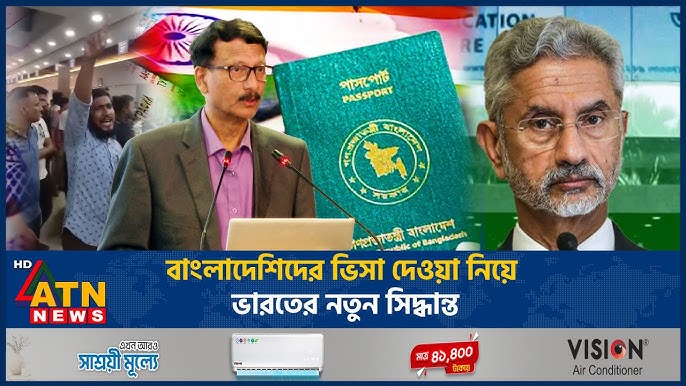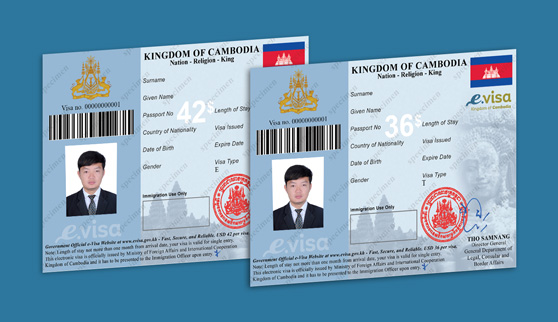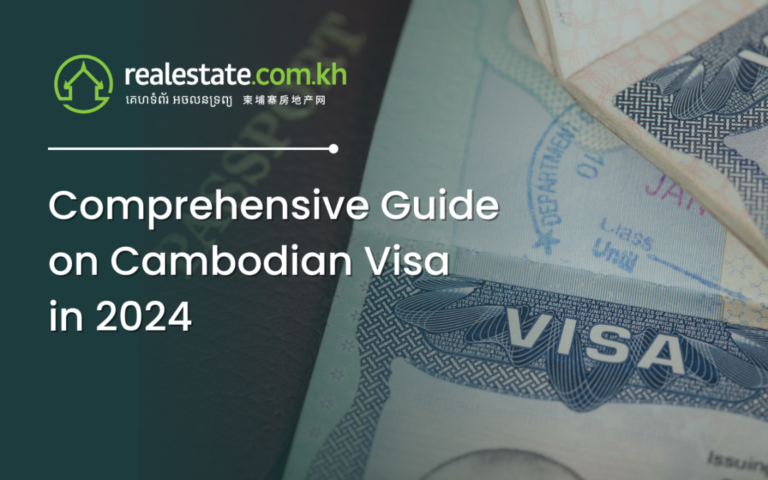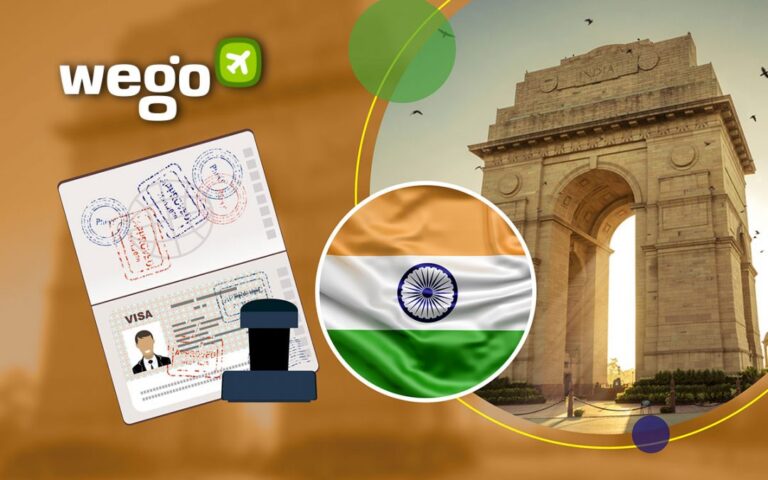
India, a land of cultural diversity, ancient heritage, and breathtaking landscapes, attracts millions of international travelers annually. To visit India, foreign nationals must obtain an Indian visa. Whether for tourism, business, medical purposes, or other reasons, understanding the Indian visa process is essential for a smooth travel experience. This article outlines the key aspects of obtaining an Indian visa.
Types of Indian Visas
India offers various visa categories tailored to the purpose of the visit. Here are the most common types:
1. Tourist Visa
This visa is for travelers visiting India for leisure, sightseeing, or visiting family and friends. Tourist visas can range from short-term (30 days) to long-term (1 or 5 years).
2. Business Visa
Business visas are issued to individuals traveling for business meetings, trade, or professional purposes. Typically valid for up to 1 year, these visas allow multiple entries.
3. Medical Visa
Foreign nationals seeking medical treatment in India can apply for a medical visa. This visa is valid for the duration of treatment and can include multiple entries.
4. Student Visa
Students enrolled in recognized educational institutions in India can apply for a student visa. These visas are typically valid for the duration of the academic program.
5. Employment Visa
Issued to professionals working in India, employment visas require proof of employment and are valid for the duration of the employment contract.
6. Conference and Research Visas
These visas cater to individuals attending conferences, seminars, or conducting research in India. Supporting documents such as invitation letters are required.
Indian eVisa
The Indian eVisa is a convenient option available for citizens of eligible countries. This online visa is issued for the following purposes:
- e-Tourist Visa (30 days, 1 year, or 5 years)
- e-Business Visa (1 year)
- e-Medical Visa (60 days)
The eVisa is non-extendable and non-convertible. Applications should be submitted at least 4-7 days before travel.
Application Process
Step 1: Choose the Visa Type
Determine the appropriate visa based on your travel purpose.
Step 2: Complete the Application Form
Visit the official Indian government visa website and fill out the application form. Provide accurate personal and travel details.
Step 3: Submit Required Documents
Upload necessary documents such as:
- A scanned passport-sized photo.
- A passport with at least six months’ validity.
- Supporting documents based on the visa type, such as business invitations or medical treatment letters.
Step 4: Pay the Visa Fee
Pay the visa fee online using a credit/debit card or other accepted payment methods.
Step 5: Receive the Visa
For eVisa applicants, the visa approval is sent via email. For regular visas, visit the Indian consulate or embassy to collect the visa.
Key Considerations
- Validity and Entry Points: Verify the visa validity and ensure you use designated entry points for eVisas.
- Processing Time: Regular visas may take up to 2-3 weeks to process, while eVisas are usually approved within 72 hours.
- Travel Insurance: It is advisable to have travel insurance covering unforeseen events during your stay.
Conclusion
Obtaining an Indian visa is a straightforward process when you understand the requirements and follow the guidelines. With options like the eVisa, applying online has become easier than ever. By preparing the necessary documentation and applying well in advance, travelers can ensure a hassle-free experience and look forward to exploring the wonders of India.


